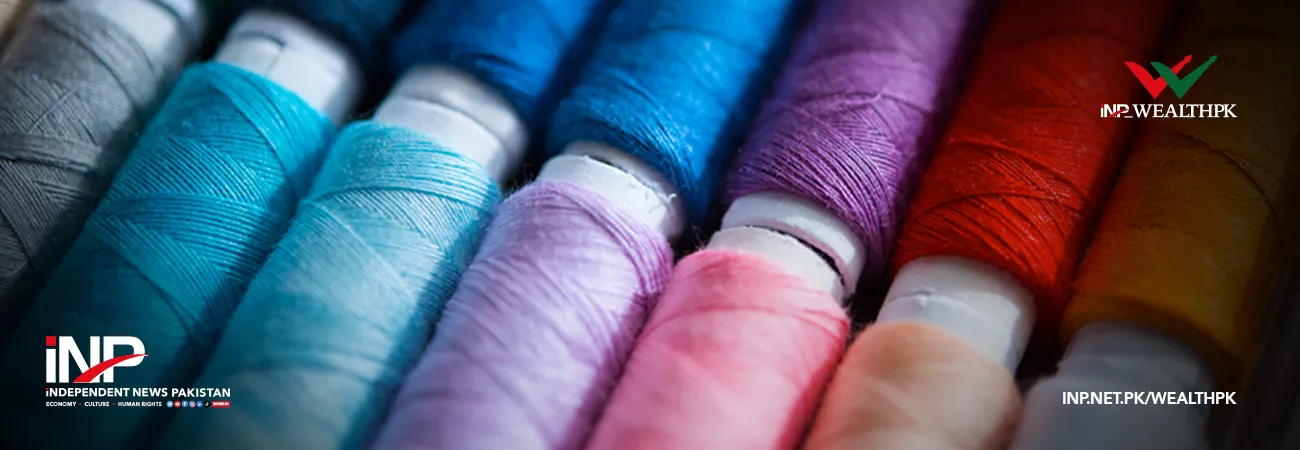INP-WealthPk
Raza Khan
Pakistan’s textile exporters fear further decline in exports as the government has passed a supplementary budget which would increase the cost of doing business. An increase in the fuel prices and General Sales Tax (GST) rate would result in further inflation, Gohar Ejaz, Patron-in-Chief of All Pakistan Textile Mills Associations (APTMA), said while talking to WealthPK.
He said the textile sector is also facing various challenges after an increase in the prices of petroleum and GST rate (from 17% to 18%). “Increase in prices of gas, electricity and petrol would increase the cost of raw material, transportation charges and other utilities required for production,” Ejaz elaborated.
He said the government was providing concessional price of electricity for the textile industry earlier, but now the impact of inflation caused by the supplementary budget was unbearable. “Textile exports are declining during the current fiscal year due to low demand in the international market because of financial crunch. New challenges will further dent the textile industry, which is already under stress,” he maintained.
Ejaz said the government should focus on enhancing exports and expanding tax net to generate more revenue instead of raising GST rate and fuel prices. “The government aims to collect Rs170 billion through supplementary budget, but it will lose more due to negative impact on exports as the cost of doing business has increased,” he said.
Asad Naqvi, a textile sector analyst, said that the decline in textile exports was alarming. He said that the decline was due to various problems, including energy supply issues and non-availability of raw materials. “Now, this supplementary budget will create more challenges,” he said.
Naqvi said that the increase in prices of petroleum products, currency devaluation, expensive raw materials and global financial crisis is making it difficult for the textile sector to sustain exports. Exporters fear a 15-20% decline in textile exports during the current fiscal year (2022-23) compared to the last fiscal year due to various domestic and global challenges.
“Economic situation of the country and trend of decline in overall exports indicate that Pakistan will not be able to sustain a certain volume of textile exports during the current year,” Naqvi said. He said that the shortage of foreign exchange reserves in the country is also a major reason for expected decline in exports because industrialists are unable to import raw materials.
APTMA has repeatedly warned that Pakistan’s textile exports could further decline by $400 million to $500 million each month if the problem of energy shortage is not resolved. According to data (provisional) released by APTMA, Pakistan’s textile exports dropped to $10.08 billion during July-January period of the current fiscal year from $10.93 billion during the same months of 2021-22. Exports in January 2023 also dropped by 12% to $1.33 billion from $1.55 billion during the same month last year.
According to APTMA data, textile exports surged by 1%, 8% and 9% in July, August and September, respectively, during the current fiscal year. However, exports dropped by 15%, 18%, 15% and 12% in October, November, December and January, respectively.
Textile exports are the major portion of the country’s overall exports, and the textile sector hosts over 50% of the industrial workforce. Textile exports in 2021-22 accounted for 60.92% of the country’s total exports of $31.76 billion. According to Textiles and Apparel Policy 2020-25, the textile exports target for the current year has been set at $25 billion.
Credit: Independent News Pakistan-WealthPk




